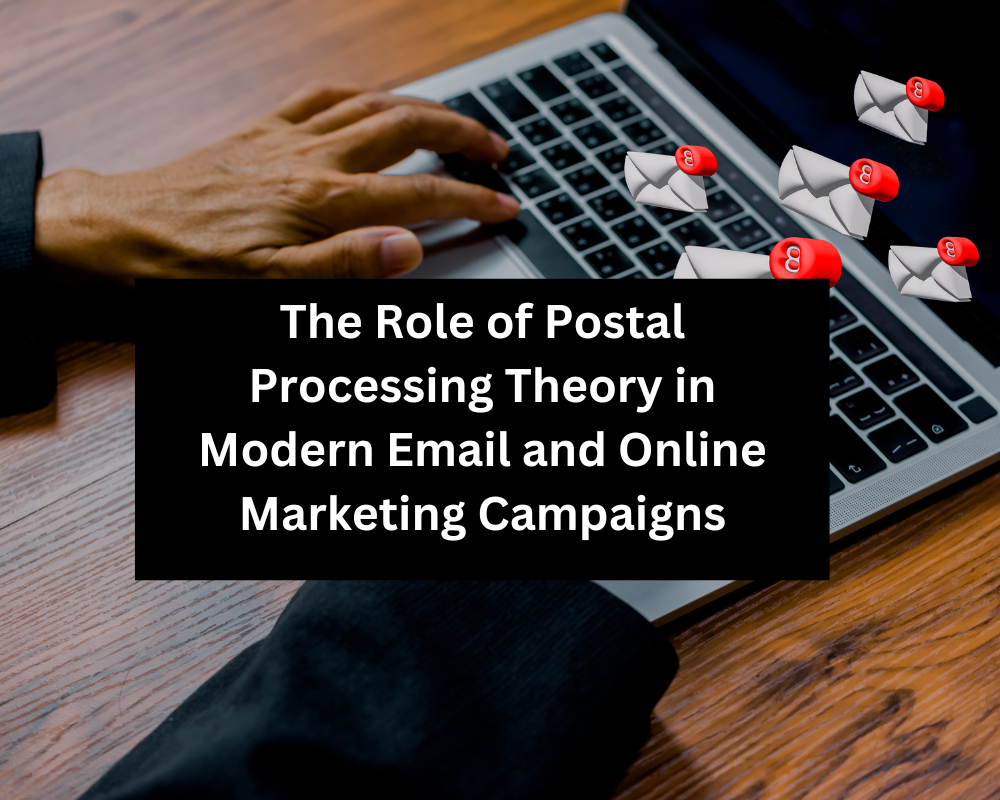The Role of Postal Processing Theory in Modern Email and Online Marketing Campaigns
the theory of postal processing that is related to online marketing, negotiations, employment, a theory that works for the site viewer. In general, theory prefers to seaward any object that is created to be directed to the site and the audience, which takes a natural aspect. Similar to habitual content holders. `
In the content, we send a form related to the topic of marketing by email, massive email, or related. Learn more about the importance of email marketing in relation to sales, marketing, or the business traffic process. And in this article we mention and explain the URL indicating the form that is natural.
An excellent case for applying the principles of postal processing in a newsletter email marketing system is Mail Relay. The success in making such newsletters accessible and segmenting subscriber databases is mainly because of these basic principles. These enable it to build infrastructural settings that leverage modern technology for email delivery and bring in higher responses and more participation in email marketing campaigns. Efficiency will be paralleled by the concepts mentioned: good deliverability, high rates of participation, and great success stories through Mailrelay’s marketing activities.
The Role of Postal Processing Theory in Modern Online Marketing and Email Campaigns
Have you ever considered how postal processing theory could strengthen your digital marketing efforts? Long applied in traditional mail delivery, these ideas provide quite an interesting—and unexpected—way to optimize email campaigns.
For a long time since its advent, the postal processing theory has pertained to systematic handling, sorting, and delivery of physical mail, forming the foundation of smooth communication. Segmentation, personalization, and timely delivery of messages ensured they reached the right people at the right time. But how would all these age-old practices be valid in the fast-paced digital world?
It relates to how these principles apply to modern online marketing. Applying primary intentions of postal processing to email campaigns increases interactions with their customers and better-satisfied customers, hence more results. In this blog, we examine how proven postal processing strategies can be easily adapted to your digital marketing efforts, making a significant difference in how you engage your customer base.
Understanding Postal Processing Theory
Postal processing theory deals with the algorithmic way physical mail is handled, sorted, and delivered. The key emphasis of this theory is on principles of segmentation, personalization, and timely delivery so that mail appropriately gets to the recipients in good time and in the best way possible. These principles could be directly applied to modern online marketing, particularly email campaigns.Now let’s understand how this can be applicable in online marketing?
Application of Postal Processing Theory in Online Marketing
In the digital age, postal processing theory translates to email marketing theory. So, marketers could stratify an email list the same way one might use mail sorting routes: sending very different messages to distinct groups. Personalized emails are written more like a letter to someone and elevate the recipient’s engagement level by sharing content that is more relevant to the recipient. While timely delivery ensures emails are sent at optimal times for maximum impact, the same as mail being delivered in time when people most likely check their mailbox.
Email Marketing: The Modern Postal Processing
At its heart, email marketing is the application of postal processing theory into a digital, direct campaign. Marketeers are segmenting email lists to target emails for intended groups, after which each recipient receives content relevant to their interests or behavior. Thus, personalized letters become more engaging than general ones.
Email personalization goes a notch higher than just beginning your email with the recipient’s name. This will target content to activities and user preferences as well as purchase history. Personalization of this nature makes users more apt to open and respond to those emails—since they feel they better serve their interests and needs.
Timely delivery is yet another critical aspect borrowed from postal processing. In email marketing, this has meant sending emails when subscribers are most likely to open/read/interact with them. Advanced platforms in email marketing also have automation tools that permit the timing of messages to be disseminated according to engagements and optimal schedules to reach clients at the right moment when they may be effective.
These segmentation, personalization, and timely delivery principles are thus applied seamlessly in email marketing from the traditional postal processing framework. This contemporary approach leads to not only more efficiency and effectiveness in overall marketing campaign implementation but also a great connection with the targeted audiences, as high rates of engagement and conversion are guaranteed.
Read: 5 Top Tools for Finding Diverse Staffing Effectively
Significance of Content-Based Email Campaigns
Content is critical to the effectiveness of any email marketing campaign. Long and short-form material can be effectively blended as part of the overall strategy; readers scan shorter pieces. These emails contain minor updates, brief promotional offerings, and higher-level material designed to be consumed quickly by viewers within a timeframe. Longer form content includes detailed newsletters and quality articles that contain helpful information while building credibility; combining types of material ensures balance while tailoring emails specifically to various audiences’ preferences and levels of engagement.
Keyword Theory and URL Algorithms
Good email marketing relies upon a good understanding of keywords and URL algorithms. First, keywords can help form subjects and material, making emails more likely to be opened and clicked. In the meantime, search engine algorithms affect visibility and rank when email material is posted online. If one’s emails are SEO-friendly, it increases their impact and the reach of associated campaigns.
Conclusion
The segmentation, individualization, and speed basics can easily be applied to the digital environment. Run this type of campaign with forms-based logic, keyword-optimized headers, or any other advanced algorithms, and it gets better.
